All-In-One Range vs Separate Wall Oven and Stove / Cooktop
When planning a new kitchen, this is one of the most important decisions. Deciding if the stove and the oven will be parts of a single appliance or separate can determine other aspects of your layout.
If you are replacing an existing all-in-one range and do not intend to renovate your kitchen, you should go for a similar model. If you’re starting a major renovation or construction, let’s see the pros and cons of each option.
Page Contents:
All-in-one ranges
Ranges combine the stove (the top part, where the burners are) and the oven in the same appliance.

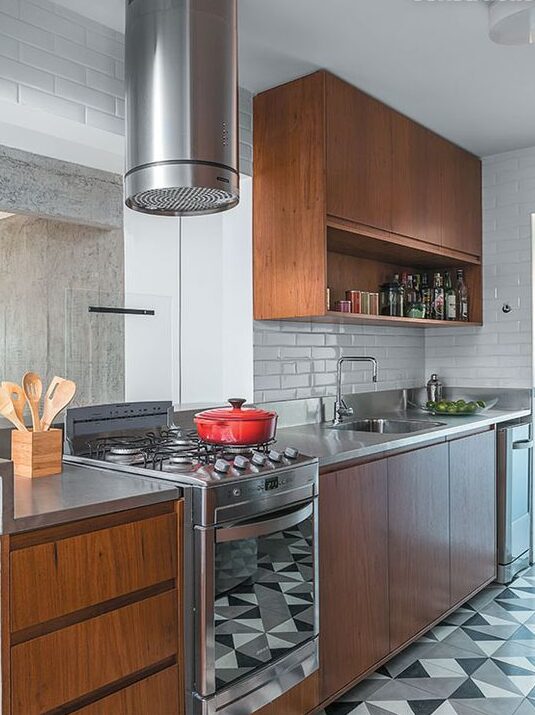
Pros
- A single appliance is cheaper than separate oven and cooktop.
- Easier to install and needs less planning, if you choose a freestanding model (read about ranges installation types here).
Cons
- For small kitchens and people who don’t cook much, you might not need an oven, or opt for a toaster oven. Ovens are big and take up space that could otherwise have cabinets, so don’t buy a range unless you need one.
- If you do need an oven and use it a lot, you’ll have to lean down every time you access it.
- When you use the oven and the stove at the same time, that are will get hot.
- The knobs are placed on front of ranges, but on top of cooktops. For families with kids, ranges are less safe.
- You don’t have the option of different fuel types for the stove and the oven (read about this here).
Separate wall oven and cooktop
Cooktops have burners only and are installed on countertops. Wall ovens are made to be embedded in cabinets.
Separate cooktop and oven give the kitchen a modern look, while ranges look more traditional.
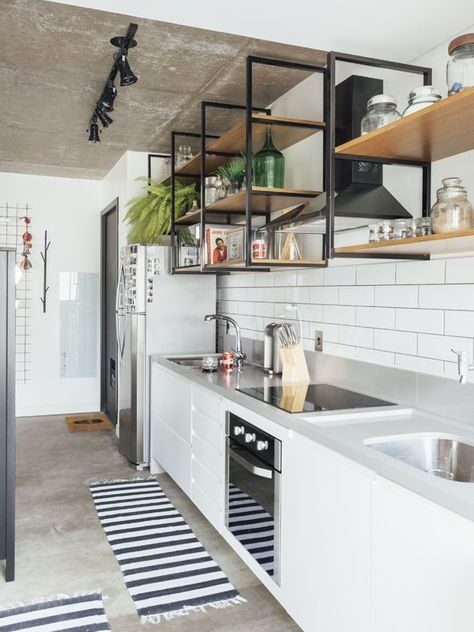
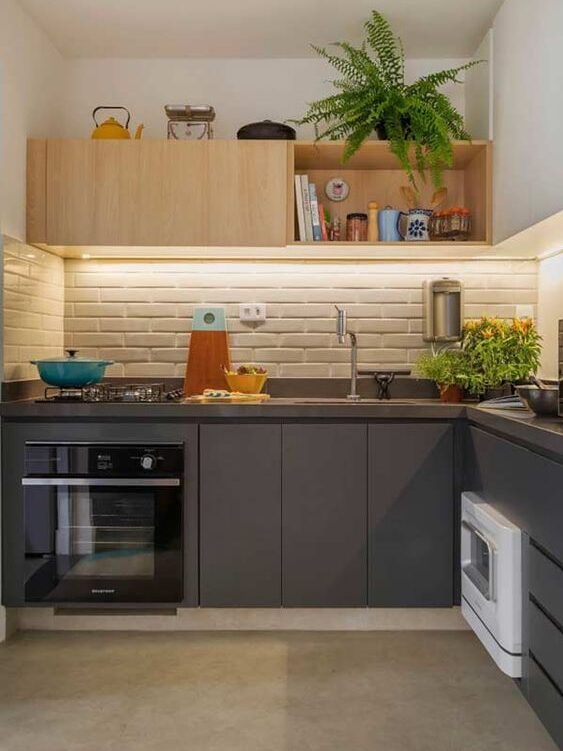
Pros of buying separate appliances (but still placing the oven under the cooktop)
- The knobs are placed on front of ranges, but on top of cooktops. For families with kids, cooktops are safer.
- You can have an electric oven and a gas cooktop (read about this here).
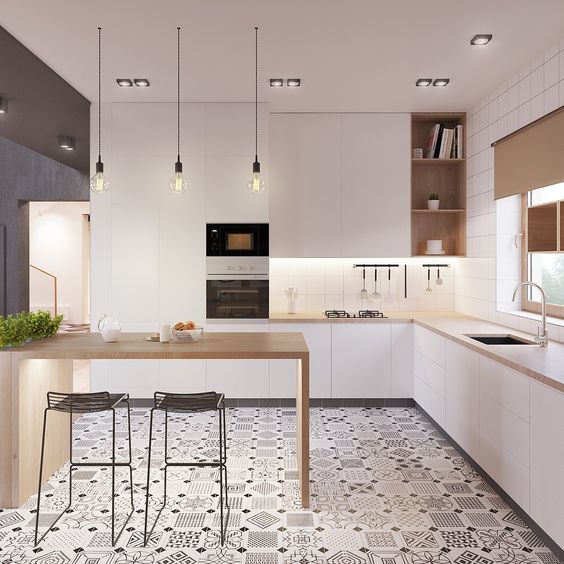
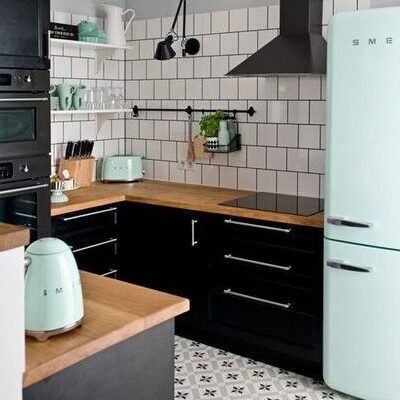
Extra pros of placing cooktop and oven separately (or not having an oven)
- For small kitchens and people who don’t cook much, a small cooktop can be enough. Save space for more cabinets by not having an oven, or replacing it with a toaster oven.
- People who use the oven a lot usually prefer to place it at a more comfortable height, and let the space under the cooktop for pots and pans.
- If you separate the appliances, the two heat sources will be apart, avoiding that the area where you stay while cooking gets too hot.
Cons
- If you need both cooktop and oven, buying them separately is more expensive than a single appliance.
- More complicated to install and demands a careful project.
So, the best choice depends on your kitchen conditions and size, your budget, your lifestyle and if you are renovating or not.
Opted for a range? Then it’s time to choose between a slide-in and a freestanding model.
For both all-in-one range or separate oven and cooktop, read about pros and cons of different fuel types here.
